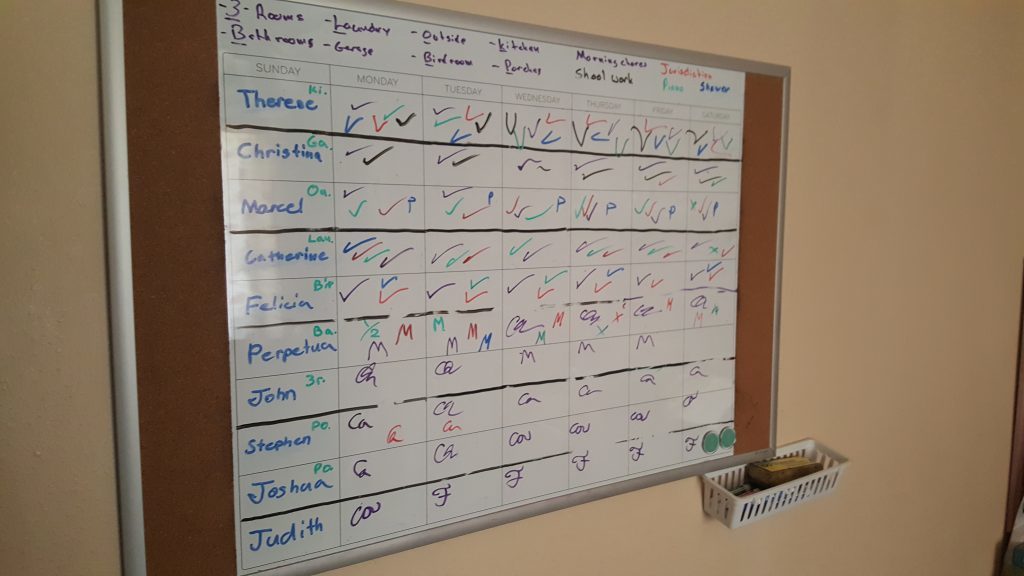Essential and Effective Team Communication Techniques
Communication is one of the most important elements of our work in the service industry and a lack of communication in your location can have a detrimental effect on your business. Where poor communication exists mistakes begin to creep in and those mistakes will eat into your profit margins. They can also negatively affect the customer experience.
A gradual decline in communication standards is harder to spot than other “in your face” problems. With that in mind, we’ve lined up four tools that you should consider using in your venue to ensure effective team communication.
Keep a Logbook

Keeping a logbook helps you to keep track of any and all problems, whether they be with your staff, clients or equipment. A manager’s logbook is an excellent tool but a logbook which all the staff can read and use on a daily basis helps to keep them involved in the communication process and not just on the receiving end of it.
Not only will this encourage your staff to be more involved, but your logbook can also help you to expose some reoccurring problems you might not notice otherwise, and you can then address these problems quickly and efficiently.
Daily Whiteboard

Things can change on a daily and hourly scale in any and every location, and your situation always has the possibility to change drastically from one ten minutes to the next. Word of mouth is an excellent way to distribute information but, unfortunately, it’s not an exceptional way to keep everything in everyone’s memory. A Daily whiteboard, updated at the start and end of the day and, most importantly, throughout the shift, helps to keep everyone informed of what’s going on.
To be most effective your daily whiteboard should be out sight of customers but located where your staff will pass it at regular intervals during their shift.
Pre-Shift Meetings

Before every shift you should gather all of your staff together for a pre-shift meeting. Here you can discuss what the shift ahead is looking like: bookings? 86’ed items? specials? station Assignments? product counts? Here you are filling them in with all the knowledge you have, you’re setting them up for success.
It is a good idea for this meeting to take place at your whiteboard, where you can show them what you’re talking about. This will also strengthen the importance of the whiteboard as a communication tool.
Listen and Observe
A subtle technique that, on the surface, doesn’t seem to be such an essential tool in your communication arsenal. The truth is that your team will often tell you more about what state they’re in through their attitude and their body language than they will their words. Watch your team and get to know them. If you practice this you’ll be able to stay one step ahead of the game, notice things before they happen, ask leading questions and have a plan of action in place when someone tells you they’re struggling.
Bad Communication can cause costly mistakes which will affect your bottom line. On the other side of the coin, good communication can cut down on mistakes which in turn can cut down on lost revenue through mistakes, and this can all make for happier employees and happier customers. Take a step back and review the communication practices in your location, are they effective? Is there something you could do to improve them? Our points above will help.



